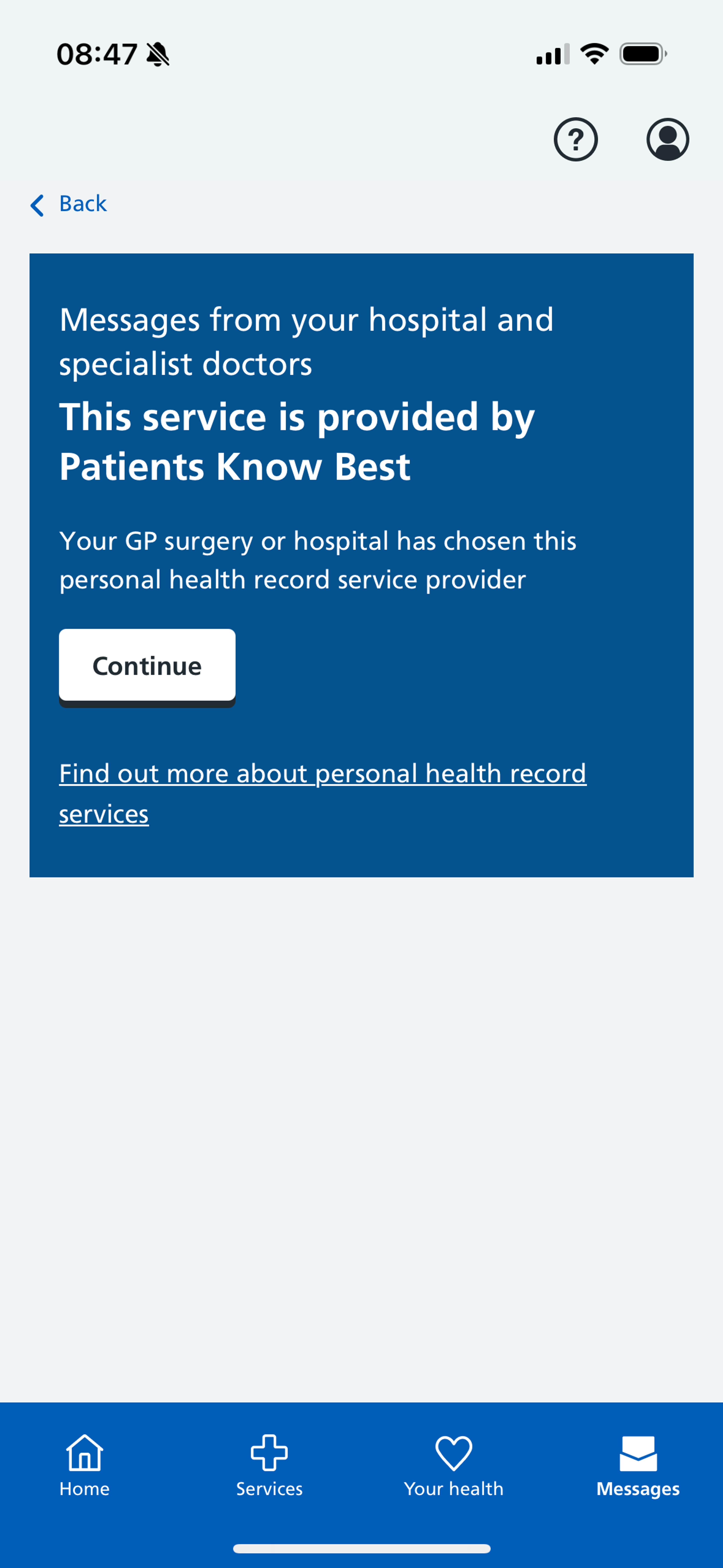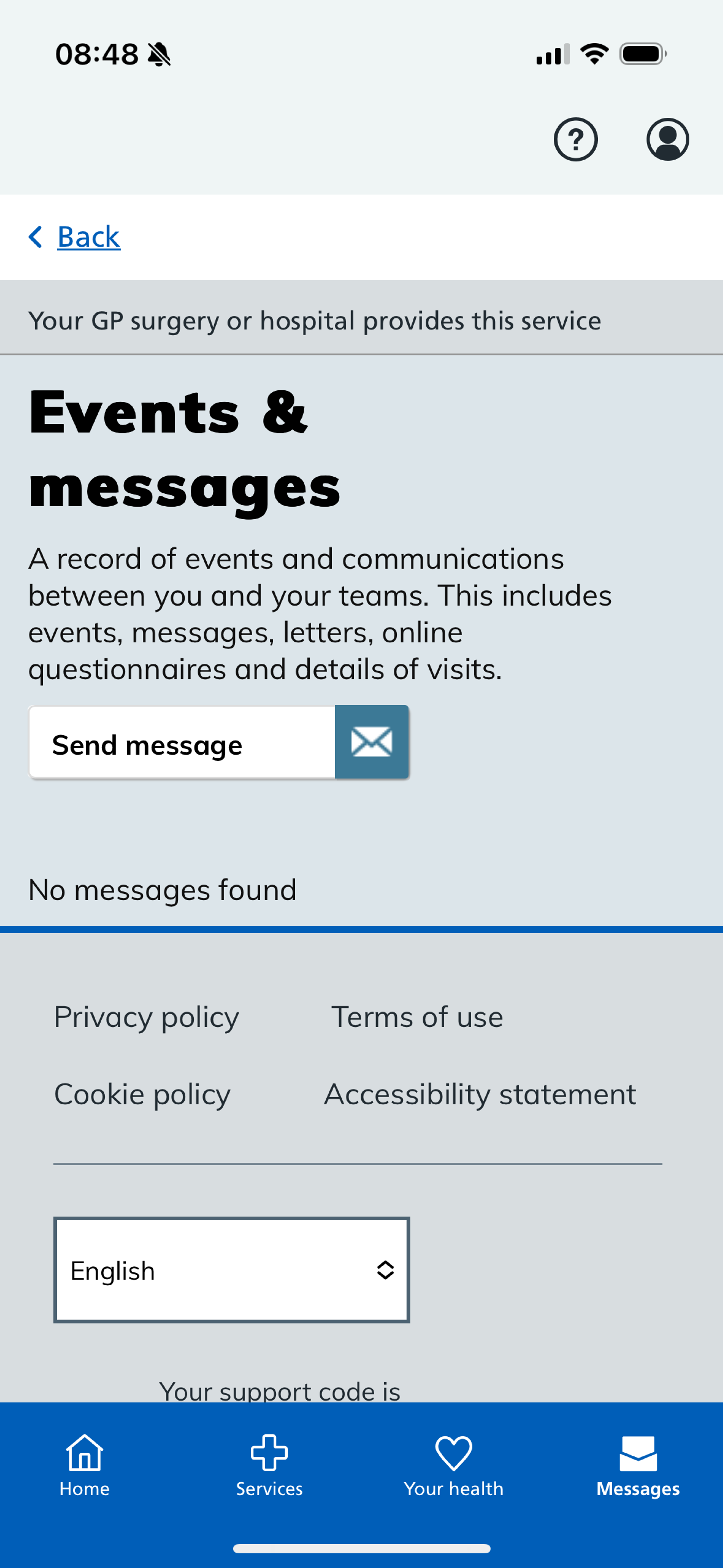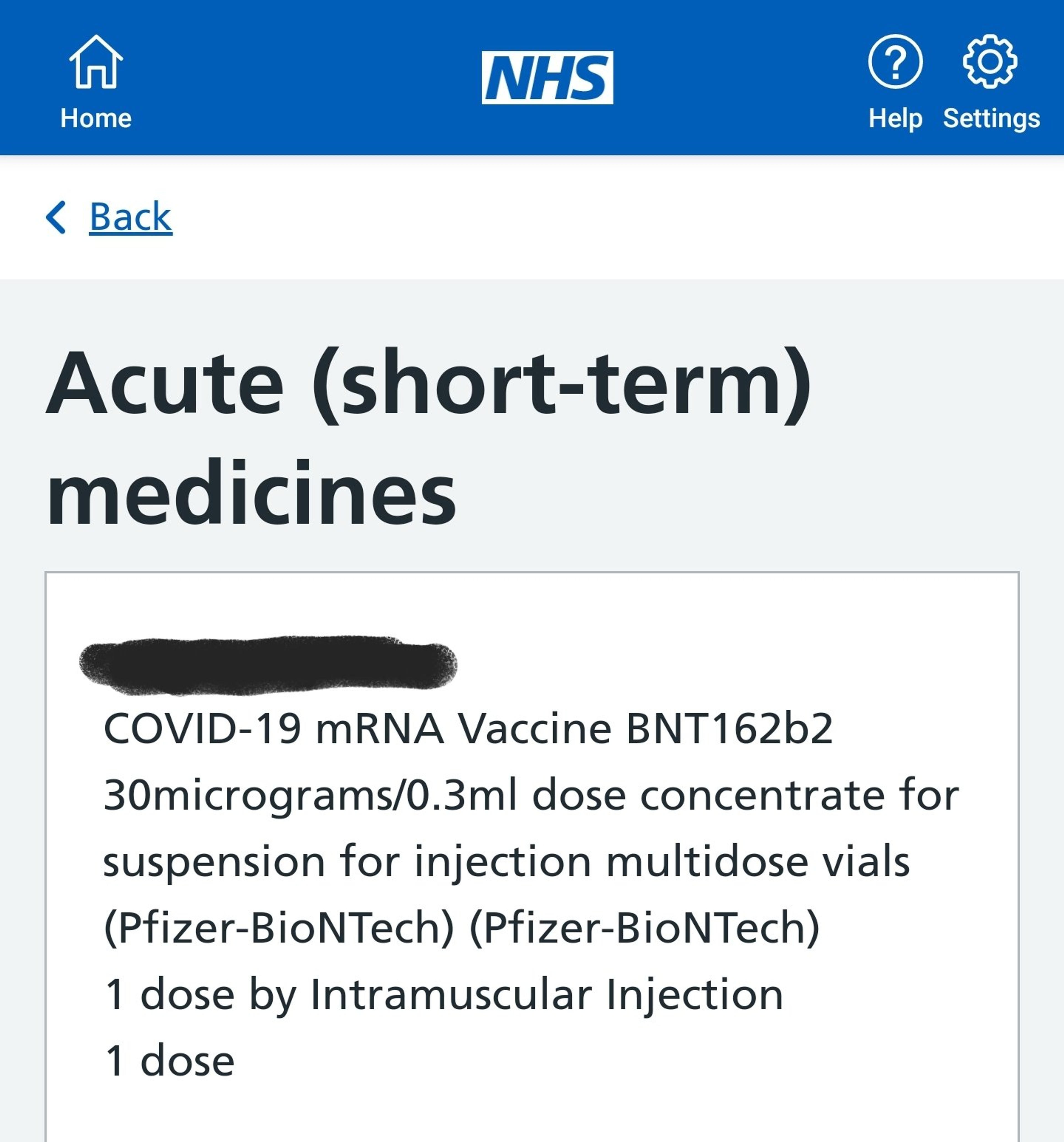Another political administration, another commitment to putting technology at the heart of NHS reform and medical records in the hands of those that need them. If you think you’ve heard this one before, it’s because you have. All of the preceding Conservative Secretaries of State for Health have made similar commitments on NHS digitisation. As did their Coalition and Labour predecessors.
In fact, the story of digital technology reform in the NHS starts all the way back in the 90s with the introduction of the NHS’s first Information Management and Technology strategy. Which said some entirely sensible but eerily familiar things.
“Staff will enter data once and share where needed. Information will be secure and confidential. The NHS will share information using common standards and an NHS-wide computer network.”
(Source: Mark Reynolds, 2023, Digital Health in the NHS)
In a complex network of institutions such as the NHS (the NHS is not one single organisation contrary to popular public belief), sharing data about a person to ensure their continuity of care is self-evidently an essential part of delivering a good service – if it was merely a matter of political will, wouldn’t it have been done decades ago?
The real reason that we haven’t achieved this is due to a series of extremely tricky technical, design, commercial and policy challenges all made more difficult to tackle by misaligned incentives.
How the NHS App displays medical records today
The authors led development of many digital products and services within the NHS, including leading on the NHS App, so are both familiar with these problems as well as invested in its success.
The NHS App already does a number of things but this blog post is particularly focused on the access to medical records.
The NHS App uses APIs to connect to GP Systems, of which there are two dominant market leaders in EMIS and TPP. These APIs existed long before the NHS App, indeed without them the App wouldn’t exist.
In some places the NHS App also has integration with providers of secondary care records such as Patients Know Best. Access to these records is highly dependent on which products and services have been procured locally, and therefore it is not uniformly available across the country.


Given that the GP record is intended to contain your entire medical history, and the fact the NHS App is already connected to all GP records in the country, in one sense this is a solved problem.
But it doesn’t feel solved.
The challenges of the current model
The reason is perhaps that aspects of this solution really don’t work well enough – or they don’t work well enough all of the time.
Firstly, in order to access the full details of your GP record via the NHS App, your GP records needs to have a setting set on the GP’s own system to enable “Detailed Coded Record” access. Without this you will see just a very summarised version of your record in the NHS App. Theoretically from 2023 this setting should be enabled by default, but it’s clear that this isn’t the case with many GPs. To enable this setting on your GP record, you have to contact your GP surgery and ask for it. When we’ve tried to do this for our own records we’ve found that the surgery staff had no idea what we were on about.
There is also a huge usability challenge to overcome. Medical records at their core are designed for professional clinicians and not laypersons. As well as being hard to read due to the technical nomenclature, there are genuine patient safety and usability concerns around presenting uninterpreted data to patients, especially when it comes to diagnoses or test results with significant consequences for patients.

Furthermore, simply presenting data in lists doesn’t necessarily help a patient understand the journey they are on, or which information is most relevant for their current situation. The same is true for clinicians, who often have to wade through screens of ephemera before finding what they really need.
In the examples above you can see the change in design language when jumping between different systems. This is jarring for users. Joining up user journeys across all the different products sold by different vendors is extremely hard to get right, and requires a muscular approach to shaping the NHS software market that has sadly been lacking.
Under the hood, the interoperability is still not good enough, both in terms of the mechanisms for accessing data, and the modelling of the data itself. The data is pulled into the NHS App via something called IM1, which is a pretty ancient set of API standards that have limited utility.
Better APIs into the core clinical systems do exist, but the vendors charge for access. This is where you run into the politics. EMIS and TPP have their own “patient portals”, and also support an ecosystem of vendor partners that do similar. This is a key part of their business model. So in effect the NHS App is competing with the offers that the 3rd party “patient app / patient portal” suppliers are providing, and many GP surgeries are still using them as their front door and default patient data platform.
In too many cases a ‘let the software market decide’ assumption runs deep within NHSE. Such a posture is in direct opposition to the alignment required to join up patient records.
How to solve these problems
A foundational question in all this, which was the source of some debate on X this week, is “is it possible to solve these problems without fundamentally ripping up the core technical infrastructure at the heart of the NHS and starting again?”
Is it better to work with the model we have, an archipelago of medical data with a central shared view pulling data in from the multiple sources, or is it better to do something radically different where we re-engineer the existing model and create a new national record infrastructure based on data being pushed into a consolidated record which is made available through dedicated API services?
Both models need more analysis, and those analyses should be published so the public can appropriately scrutinise the hundreds of millions that will need to be spent in either context. They must also include a hard look at the existing significant investments in NHS data infrastructure and technology, and resolve any duplicative or conflicting approaches.
Regardless of the technology approach, this challenge won’t be solved through the creation of the perfect architectural diagram.
Whichever route you take there are some other fundamentals that also need addressing:
- Embedding deep experience and technical knowledge in the Centre of the NHS, particularly at the very top table driving commissioning and strategy conversations. This is lacking at present.
- Committing to a long term plan (no, not that one) that remains consistent and is inoculated from political change and cabinet reshuffles.
- Radically reshaping vendor markets. NHSE has too often let the market decide. Enough of that.
- Properly funding and taking a coherent approach to data and open information standards, with a coordinated approach to working with vendors.
- Publishing a clear strategy and roadmap, explicitly linking strategic aims, the work that will contribute to them, and the aligned incentives that will support their success.
Once we see the announcements that will achieve these fundamentals we can look beyond the headlines and get some real hope that things may just be different, this time.
Cowritten with Matt Stibbs and originally published on the Public Digital website.
